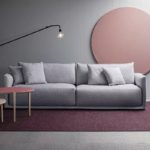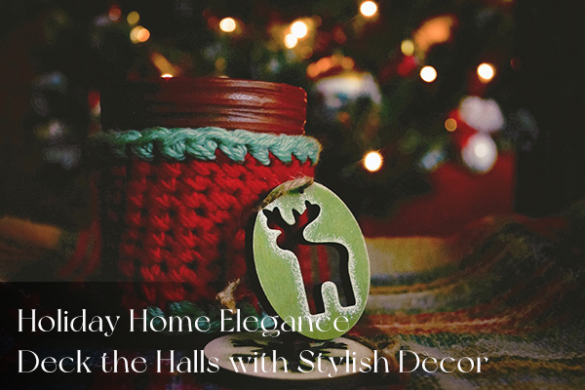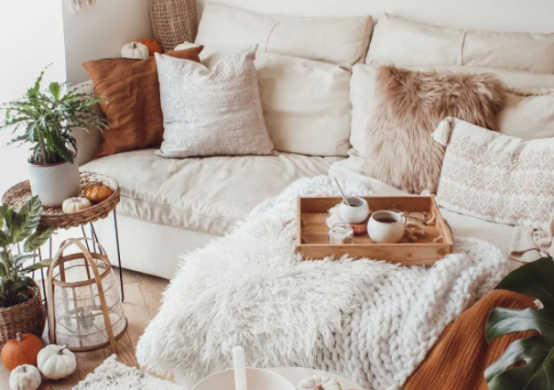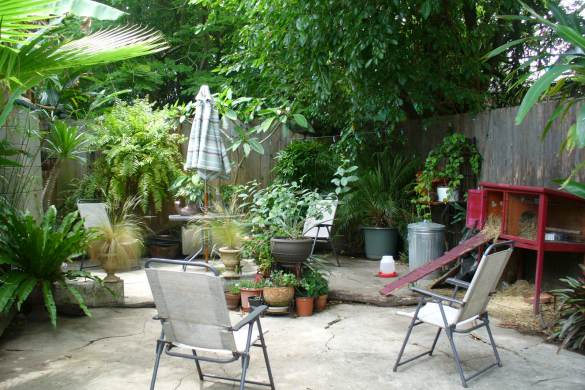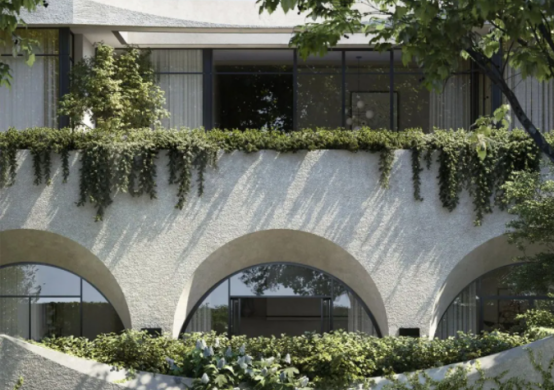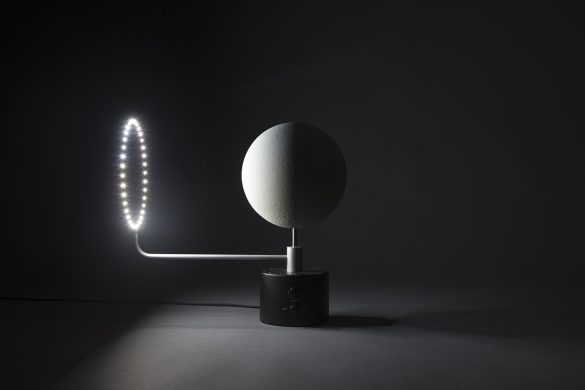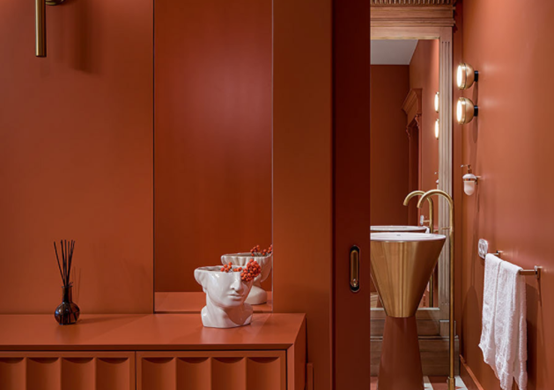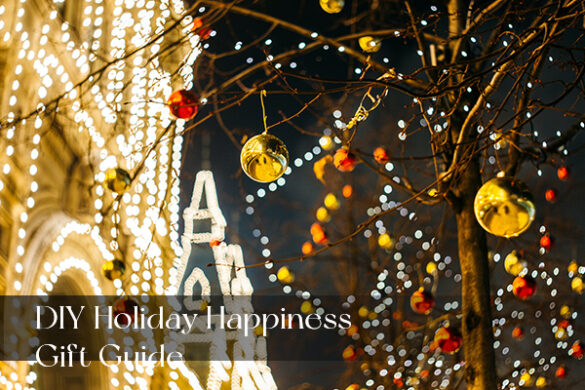Renting is all too familiar to young people who have to work outside. Do you still feel that the room lacks some sense of atmosphere when the basic needs are fulfilled? In fact, different houses have different decoration styles. Choose one style, and add a little embellishment, your house will present a completely different effect.
Japanese Style
Japanese style prefers white furniture and elegant floral pattern wallpaper with a sense of modernity. Simple straight lines are adopted in most cases when decorating.
When it comes to the embellishment, Japanese style prefers stone and wood, and the decoration would be much more perfected, with one Ukiyo-e print on the wall.
Katsushika Hokusai is a representative of Oriental Art, and also a true international painting ambassador. His style is breathtaking even in comparison to Vincent Van Gogh, Degas, Manhay, Gauguin and other great western artists.

Compared with other contemporary ukiyo-e painters, Katsushika Hokusai has the most Japanese style. Lack of extra embellishment, his works highlight the grandeur of natural scenery, the unworldliness of city life, and the beauty of flowers, birds and plants.
Although his works are mainly prints, they are not limited and rigid. His bold use of color and various lines makes his ukiyo-e paintings as vivid as the ordinary brush drawing, and even present a sense of artistic beauty that transcends the times.
It will create a harmonious atmosphere to decorate a Japanese style room with such a print, which sets white furniture with soft lines off beautifully.

Nordic style
Nordic Style and Japanese style are representative of light color. Both styles highlight comfort and a natural feeling, which earns them popularity among young people.
Compared to the simple and elegant Japanese style, Nordic style tends to present a clean and bright atmosphere.
When it comes to impressions of Nordic style, wooden frames and abstract paintings with high color purity are always regarded as necessary.
To match Nordic style hanging paintings, stacked pebbles is a good choice, which would add some natural dynamics into the fine screen and present a delicate balance between movement and stillness, coldness and warmth. Or you can combine amber with rosary and create a relaxing Zen-like atmosphere.

“RANDOM WALK” was created in Denmark, specializing in art, fashion and home decoration. It creates modern works of art out of high-quality materials and brings a sense of beauty to routine and walk in details.
Nordic-style decoration always shows a vibrant vitality in color. Often, light colors are paired with natural wood colors, and a painting to create a lively atmosphere.

With a stylish hanging painting, and a few nordic-style storage baskets to hide sundries, the inside space will look pleasing to the eye.
Bamboo and cotton, different sizes of storage boxes and shelves, the atmosphere of the home is reflected in these subtle details.

Greenery is one of the essential elements of the Nordic style.
Whether it’s hanging plants, potted plants, or small succulents, they will all add a pop of color to a Nordic style home decoration. A space with exuberant life always brings out a sense of vitality, providing solace to the soul.


Industrial Style
A black,white, and gray color scheme is always the first visual impression industrial style brings to people. The collision of black and white will produce a mysterious and cold atmosphere.
Industrial-style homes tend to choose exposed bricks, or paint the wall in black, white, or gray, using its mottled texture to create a fashionable and crude visual effect.
Wood and metal home decor, paired with a retro leather sofa and a retro poster presents a unique vintage style. Hanging a retro poster on the brick wall can transform us back decades, to the Roaring Twenties, for example.

The Roaring Twenties refers to the 1920s in Northern America. It was a period of economic prosperity with a distinctive cultural edge in the United States. Jazz blossomed, black-and-white film industry represented by Chaplin and so on developed, and Art Deco peaked. All of them are representative of the 1920s.

Did you know, small appliances can not only improve one’s life quality, but also add ambience to home decoration? A pot of boiled water, with fresh ground coffee, after twice extraction, turns into a cup of fragrant coffee. That’s what life is!

Modern Style
Modern style focuses more attention on the use of space. It abandons cumbersome decoration, so the remaining decoration is required to be more unique, natural and simple in shape. Through the perfect combination of scientific rationality and freshness, the exquisite feeling of modern style is highlighted.

The Hub ladder is designed by Matt to create a floor-to-ceiling clothing rack that combines practicality and creativity. When not in use, the ladder-shaped rack integrates with the modern style and becomes an exquisite piece of decoration. When there is a need to hang clothes, the Hub ladder shows its practical value. Its unique inclined design not only saves space, but also allows you to organize your clothes in a neat way.

Whether it’s the colorful butterflies, the dragonflies and birds that children chase, or the animals of different sizes that live on all continents, they are always our beloved friends.
In the past, these magical creatures were only expected to be seen in the wild when we explored them ourselves, and some rare species were often elusive. Now, these lively biological elements integrate with the home decoration, which not only reflect the simplicity of the modern style, but also add fun of nature to it.

Pattern design is another choice for home decoration. In the UK, patterns designed by William Morris are popular among people from all walks of life.
Sambourne, the cartoonist, Burne Jones, the artist and so on all spoke highly of his works. Oxford professors in the 1890s loved to decorate their rooms with Morris’ pattern design, which is full of classical style.
Mrs. Humphry Ward, the best selling novelist also commended, “I’ve always wanted to be ahead of my time in literature, writing, and decorative arts, and that’s why I love William Morris’ designs. ”

As an important visual art genre, Art Deco began in France in the 17th century and became popular in Europe in the 20th century, especially in Britain. In the frenzy of the Industrial Movement, Art Deco features highly saturated colors, clean flowing lines, and international motifs to keep up with the pace of social modernization while maintaining artistic quality. In the field of Art Deco, the most well-known master is Owen. Jones. Hundreds of years later, his “rules of decoration” is still a must learn for designers all over the world.

With the Western world’s increasing emphasis on the artistry of science illustration and the invention of the camera, by the 20th century, science illustration, originally intended for the scientific record, evolved into a more decorative and aesthetically pleasing art form.
In this period, not only the line processing and color filling of science illustration are more meticulous, the overall goal turns gradually from recording science to decorate life.
In the works of these 20th-century illustrators, the treasures from nature shook off the dullness of science and became a pure art that can adorn people’s lives. People have access to experience the wonders of nature even if they stay indoors.

